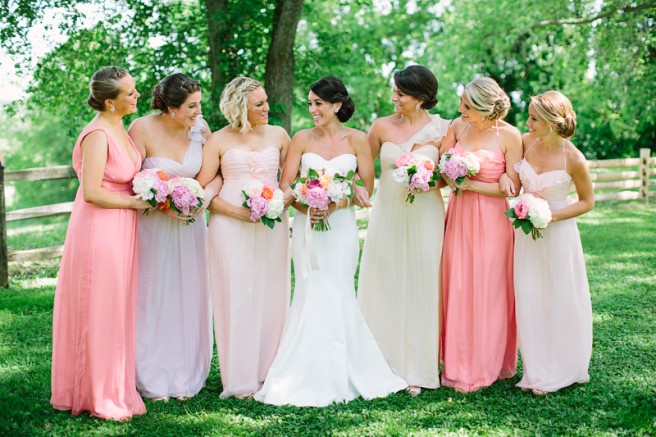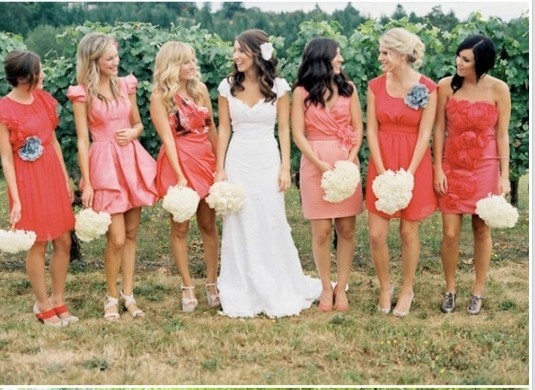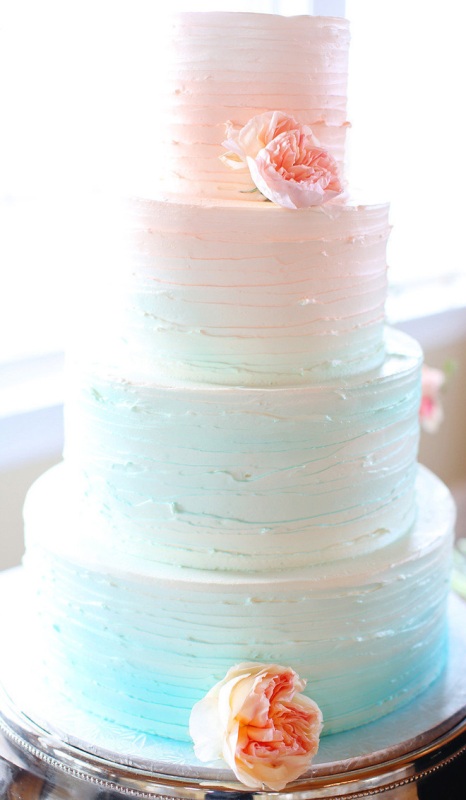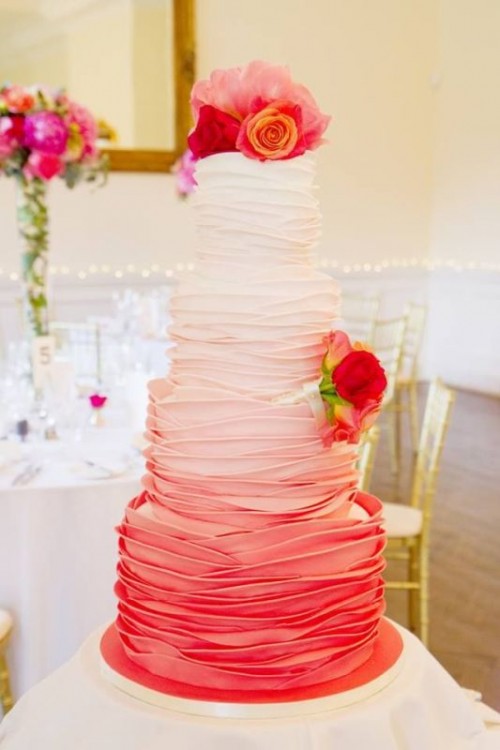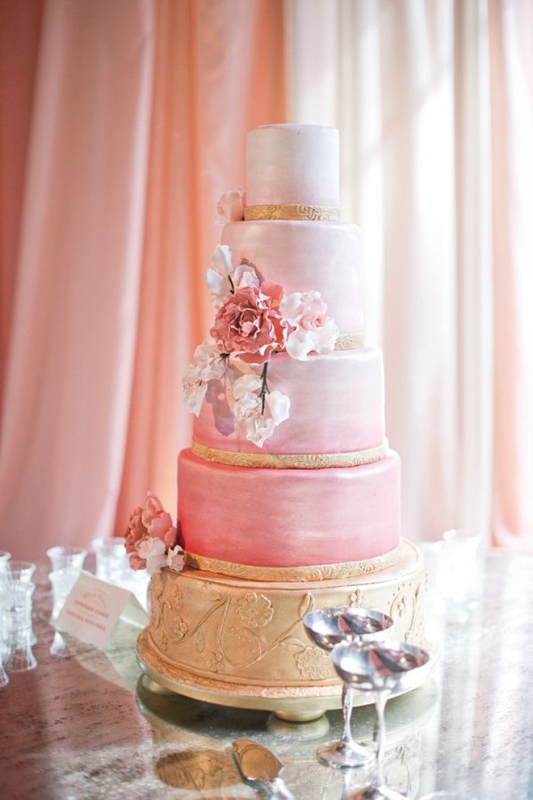I would be remiss to not mention the landmark ruling that we are all celebrating – LOVE RULES!
Uncategorized
Ombre bridesmaids dresses
Ombre wedding cakes
Weight loss – diet or exercise?

It’s an age-old question, and one that applies to all situations, not just weddings.
There are a few schools of thought –
1. You can eat whatever you want, as long as you exercise
2. You don’t need to work out, as long as you eat well
3. Do a insane fad diet to lose the weight, then just maintain
CNN: Weddings blend cultures as well as families
CNN: Weddings blend cultures as well as families
Mixing & Matching – more and more couples are combining cultures and faiths. Truly, the new norm!
Moroccan Weddings
Moroccan weddings traditionally take place in the autumn. This end of harvest time ensures that there will be a lavish feast available for the celebration. And there will be lots of food. Tajine is a popular choice: this chicken-based stew is blended with herbs and spices, onions, apricots and almonds. Chicken is a symbol of fertility in ancient Moroccan culture, as is fish, so these items are likely to be found on any wedding menu. Wedding favors are likely to be sugar-coated almonds – considered to be sweet aphrodisiacs.
The Moroccan culture is yet another one that likes to stretch out the event of a wedding; sometimes they can last up to seven days. The initial days are focussed on celebrating the betrothal and beginning preparations for the wedding. Often there will be purification rituals done on these days; notably for the bride who is treated to massages and ‘purifying’ milk baths. The tradition of applying intricate hennas to the hands and feet is often performed during this time as well.
On day number four, a Sheik will perform a wedding ceremony. Morocco is renowned for its’ vibrant colors and their wedding celebrations do justice to this legacy. Their weddings are bright and colourful. Colors considered lucky for weddings include green and yellow, known for scaring off the evil eye!
The next few days are really an extended wedding reception. The bride and groom may be escorted into the reception by belly dancers; together they form a type of parade (‘zeffa’) that ushers them into their reception and kicks the party off. The traditional music of the land’s drums, tambourines and haunting zither resound throughout the reception.
On the seventh or final day of revelry the bride is hoisted up and then placed into the waiting arms of the groom. This signifies that the ceremony has come to an end. The pair is often sent off in a hailstorm of figs and raisins. Upon arriving at her new home, it is customary for the new bride to circle the home three times. This is done to establish ownership.
About five days prior to the wedding a ‘furnishing party’ takes place in order to prepare the future home of the newlyweds . Similar to a modern bridal shower, this ladies event stocksw the new couple up with household necessities.
The henna party renders drawings with intricate geometrical and floral designs which are intended to keep evil spirits away, ensure good luck and promote fertility. Sometimes the name of the groom is hidden in the bride’s hennas. Traditionally this party also offers the opportunity for the elder women of the community to pass along some ‘marital secrets’ to the traditionally innocent virgin bride.
Egyptian Weddings
Did you know that the traditions of weddings actually originated in Egypt? They were also the first civilization to officially recognize the formation (and dissolution) of relationships. Rights and responsibilities between wives and husbands were laid out, and even gave wives the same rights in a divorce as husbands.
Ah, the romance of the wedding ring. But you may wonder how it became a marriage symbol, and why is the fourth finger of the bride’s left hand the lucky recipient? It is believed that the tradition of the ring began with the Pharaohs of Egypt, around 3000 BC. The shape of a circle, with no beginning and no ending, became a symbol of eternity. Donning wedding rings as a public sign of a marriage contract came into custom around the time of the Romans. Among the first of these rings were those forged out of iron. Gold rings usually set with gemstones came much later, during medieval times.
Diverse religious beliefs
As a country with varying religious beliefs, customs and ceremonies for marriage follow those religions, which ranged from Muslim, Christian, or Coptic Christian.
The most symbolic and prized jewels were:
- The ruby: this red beauty’s color represents the heart
- The sapphire: the gem of twinkling blue like the heavens
- The diamond: this was the most prized and desirable stone for wedding rings due to the indestructible nature of the gem.
As for placement on the left hand, this too can be attributed to the Egyptians as they believed that the vein of love or ‘vena amoris’ ran from the heart directly down to the tip of the fourth finger of the left hand.
It has long been tradition that, during the wedding ceremony, the hands of the groom and the bride are tied together. This ritual is meant to demonstrate the commitment that the couple feel toward one another as well as the new bond that has now been formed. What once was two has now been tied together as one.
Special Note
In the Middle East Christian weddings are quite similar to those we are familiar with in Western tradition. The Muslim weddings, however, remain heavily influenced by Muslim culture and traditions. These weddings begin with a book for the bride and groom, the ‘Sheikh and Al-kitaab.’
For a Muslim wedding to be official according to the laws of Islam, the groom and bride must both be willing participants. The groom, in addition is required to visit his intended before their wedding, yet the visits must be chaperoned to ensure purity. Most wedding ceremonies in this tradition separate the men and women. At the ceremony, bride and groom sit together as the reigning king and queen. According to ancient tradition, the bride and groom will both switch their rings from the right index finger, where it was placed during the ceremony, to the left index finger. This is often the official end of the ceremony and when the reception begins.
Armenian Weddings
The Armenian wedding ceremony or ‘harsinik’ is usually kicked off with the groom’s family stealing the bridal items the day before the nuptials. Of course, they are returned after the wedding has gone through. This is sometimes a secretive theft of small or insignificant items, but at other times it is made into an elaborate production. In these circumstances it’s impossible to be unaware of the thiefs in the house – they usually announce themselves in song and dance!
This ritual indicates that the bride herself is about to be stolen. Alternately, one of the bride’s shoes may be stolen and then the best man is coerced into paying the ransom to get it back for her. Traditionally the groom’s side is the one who buys the bridal gown. There are also several rituals that the groom’s faction is given including the red apple ceremony, a long and highly symbolic acknowledgement of the bride’s virginity (it is hoped.)
The Armenian wedding ceremony involves the couple stepping on, and breaking, plates on
their entrance into the wedding reception. The couple is greeted by their guests who wave colorful napkins of green and red at them; these colors being the traditional ones of Armenian weddings. Another ceremonial ritual is known as the tossing of money or ‘shabash’ where money is showered over the bride and groom on the dance floor at the reception. The plate smashing ritual is repeated before the couple crosses the threshold of their new home also to ensure that the evil spirits are scared away and to bring good luck to them.
Similar to that done in Turkish tradition, the sole of the Armenian bride’s right shoe is signed by all the single women at the wedding. At the end of the reception, the lady’s name that remains strongest is the most likely to be the next bride.
Using the traditional Armenian wedding colors of red and green, another ritual surrounds the groom. The bridesmaids hold his jacket while his mother drapes ribbons of green and red over his wedding vest. The color green, representing happiness, is attached to the vest on one side and then crossing to the other. The same is done with the red ribbons (red representing health) as they are attached to his vest. Together the colors make a giant X on his jacket which is then passed around the dancing members of the bride’s family until finally the groom is re-vested and then reunited with his bride.
Turkish Weddings
If you are in Turkey and seeking to get married in a hurry: here is a tip. Sign the sole of the bride’s shoes lightly. Tradition state that the single women of the extended bridal party (including guests) may sign the soles of the bridal shoes before the bride walks down the aisle. At the end of the wedding reception, the bridal shoes are examined, and the signature that has lasted shall belong to the next bride.
When a man decides to propose, his entire family makes an appointment to visit the family of the intended woman to ask for her hand in marriage. Small gifts are offered, usually sweets or flowers. The hosting family will serve Turkish coffee. It is the father of the intended groom that asks consent from the father of the intended bride. Upon agreement, the wedding date is often set during this visit.
In a tradition that may be waning, the family of the intended bride may not immediately reply to the request for her hand. When a stall tactic was needed, it was customary to reply only with, ”Let’s see if God is willing.” When the decision was resolved the process would begin again until a betrothal agreement was reached.
The engagement followed this betrothal process with rings purchased by the groom’s family and a ceremony planned by the bride’s family. Families and friends gather together for an engagement party, during which a red ribbon is cut, and jewellery is customarily given to the bride by the groom’s family.
Another event that takes place a few days before the wedding is the ‘hanging of the trousseau’ where the family of the groom visits the family of the bride to collect the bridal trousseau so that they may deliver it to the home for the intended couple. The trousseau contained items such as linens and lacework, dresses and personal items, carpets and household items. It was then opened by the female members of the wedding party and set out on display for friends and neighbors to view.
The next event for the bride is known as the ‘Bride’s Bath’ yet is in fact much more than simply a bath. This evening of entertainment gathers all the women involved with the wedding together with the central event being the washing of the bride; here her beauty is put on exhibit. A night or two before the wedding, a henna ceremony brings the women together. Traditionally
This event is held at the bride-to-be’s home, where she enjoys being hennaed while the sad ballads of ‘weeping airs’ take place. It used to be that this event also saw the raising of a flag at the intended bride’s home, indicating that the wedding festival had officially begun. The bride would be adorned in a ‘henna costume’ and is entertained by belly dancing, folk dances, and other music and dancing. During this revelry, the guests will often attach money to the henna costume of the bride.
What is unique about these weddings include a tradition of the bride and groom stepping on each other’s toes as soon as their vows have been exchanged. Belief has it that whoever steps atop the other’s toes first will be the ‘boss’ of the family. Regardless of who wins this contest, it is traditionally the groom’s family that pays for the wedding.
Persian Weddings (Iranian)
Before modern day Iran, when the country was Persia, the groom was the one to select and purchase the bridal gown. It was a flowing ten feet of fabric that he would ceremonially wrap around his betrothed.
The brides, in a similar tradition to the one that Indian brides partake, receive henna paintings on their feet and hands. This originated as a form of protection against evil, yet continues into the modern day, appreciated for its intricate beauty. Other preparations include a beautifying day for the bride: a custom for the removing of her body hair, and a ceremonial washing of both bride and groom. This bathing day sees the betrothed couple separately being washed and scrubbed (a ritual known as ‘kisseh keshi’) and then smoothed in perfumed oils.
The wedding ceremony, known as the ‘Aghed,’ takes place in a room that has been elaborately decorated with flowers and with a ‘Sofreh Aghed’ which is flooring that has been detailed with intricate design work. The set up for the ceremony begins very early as it is a long process. The décor includes candelabras, a mirror, and a tray of seven herbs and spices ( Sini-ye Aatel-O-Baatel.) A delicate silk ‘canopy’ is held over the bride and groom during the ceremony. The canopy may be as simple as a piece of fabric which is usually translucent, and is traditionally held by a happily married Iranian woman. After opening blessings spiritual readings and formal approval from the parents of the bride, the priest proceeds to ask the couple whether they desire the union. Traditionally, the priest asks the bride this question three times. Her mother places gold coins into her hands each time. The bride awaits this coin before answering ‘yes!’
After this comes the rubbing of crystallized sugar in a gesture indicating the sweetening of the couple’s life, and the ceremonial sewing together of two pieces of fabric indicating the couple is now bound together. There may be a dusting of sugar showered over the couple now that the vows have been exchanged. After the signing of the marriage documents, the couple share honey or a sweetened drink to again ensure a sweet life together. The sweet’ theme is a strong on in the Middle East, yet the inclusion of bitterness is not forgotten. The bride’s bouquet will include the herb Artemisia, a bitter herb; this is to signify that the union will be able to survive bitterness as well as sweetness.
At the ‘Jashn-e Aroosi,’ or wedding reception, a lavish feast includes the famous ‘Sheereen Polo’ which is a sweet rice dish accompanied by nuts, raisins and pastries. The food is flavorful, highly seasoned and incorporates nuts and dried fruits. At the reception, the guests are traditionally offered a ‘congratulations’ coin or traditional Iranian token as a gift.
The Iranian wedding is a lavish affair. After the evening of music, dance, food and celebration, the couple escape to a procession of honking car horns; but the parties continue for the next few days.


